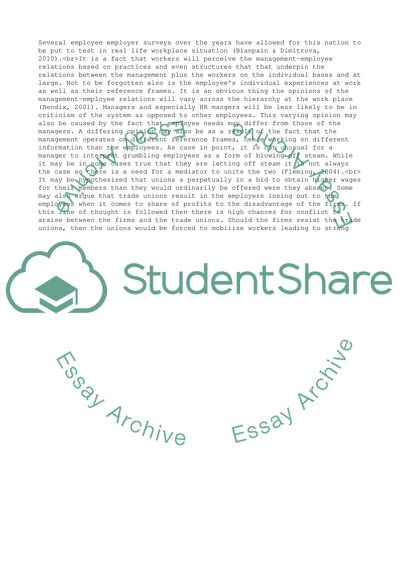Cite this document
(“Compare and contrast managing employment relations with and without Essay”, n.d.)
Compare and contrast managing employment relations with and without Essay. Retrieved from https://studentshare.org/management/1661908-compare-and-contrast-managing-employment-relations-with-and-without-trade-unions
Compare and contrast managing employment relations with and without Essay. Retrieved from https://studentshare.org/management/1661908-compare-and-contrast-managing-employment-relations-with-and-without-trade-unions
(Compare and Contrast Managing Employment Relations With and Without Essay)
Compare and Contrast Managing Employment Relations With and Without Essay. https://studentshare.org/management/1661908-compare-and-contrast-managing-employment-relations-with-and-without-trade-unions.
Compare and Contrast Managing Employment Relations With and Without Essay. https://studentshare.org/management/1661908-compare-and-contrast-managing-employment-relations-with-and-without-trade-unions.
“Compare and Contrast Managing Employment Relations With and Without Essay”, n.d. https://studentshare.org/management/1661908-compare-and-contrast-managing-employment-relations-with-and-without-trade-unions.


